Small Things
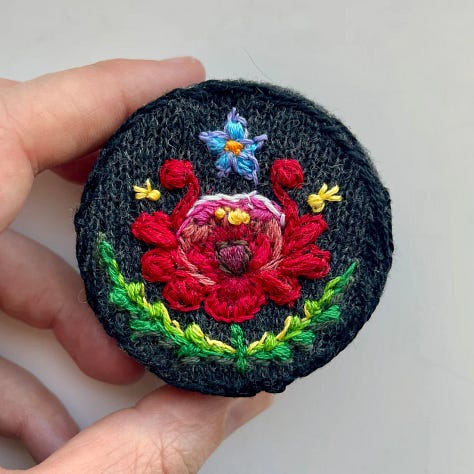
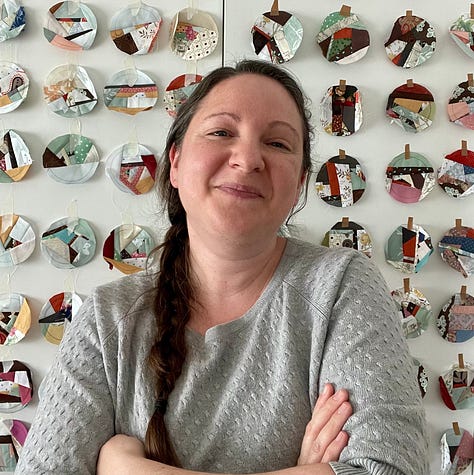
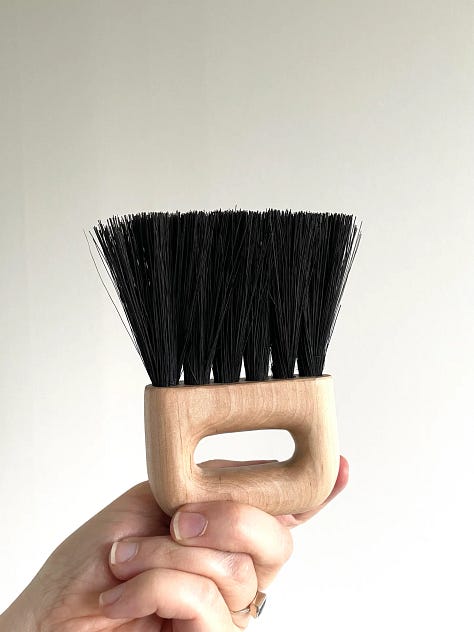
Hello! Greetings! Between spring’s arrival, some time traveling, and braiding straw, I’ve been largely outside of the studio this month. Instead of cooking up something new, I’ve curated a collection of pieces under $150 for you, and I’ve written about both travel and straw below. Thank you for being here!
Time travel
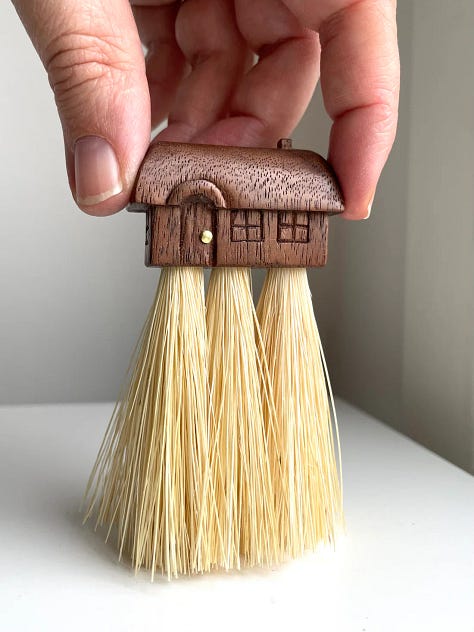


We left on the last day of April, drove off right as the trees started to blush green, just as the garden woke and stretched, starting to need attention. Two weeks later, it looks like we’ve been gone twenty years. The trees are suddenly frothing with leaves and the garden is tripping over itself, spilling into the driveway. After winter’s austerity and all my hunger for signs of spring, it feels like too much! Branches, once bare, draw close with greenery. I lose sight of the neighbor’s house. The last of the apple blossoms are blowing away, tiny fruit beginning in their wake. At least we have not missed the lilacs. The sun now sets a full hour later than when we left, and rises an hour and a half earlier, causing birdsong at 3 am and messing with our jet lag. I notice all of this freshly. Notice the wild strawberries sending runners and blooms over the side path and wonder if they’re early this year. Notice the changed light in the house. Notice too the new ways our child interacts with and talks about everything—familiar but on a new level. Notice that after two weeks of English immersion, she’s starting to mix Swedish back in. I’m grateful to be home and am energized by all this noticing, by the ingredients I have around me for the life we’re building: the abundant garden, hugs from friends, the library, a half-built cabinet on my workbench, the village gossip. After all, this is the point of travel—not to see the world but to see home with new eyes.1
Braiding Straw
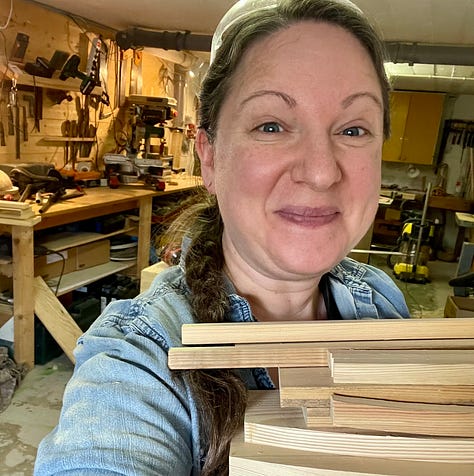
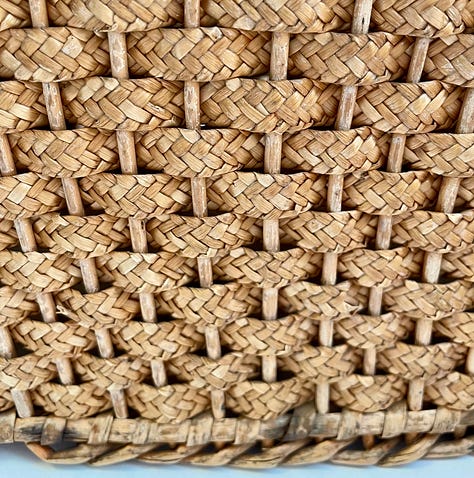

I’m deep in strawcraft this month. It’s part of an interesting local project called Halms Möjligheter—the possibilities of straw—and celebrates the 30th anniversary of Halmens Hus, a museum dedicated to the history of strawcraft in this part of Sweden.
The very short version is that, back when hunger, poverty, and religious oppression were forcing huge numbers of Swedes westward across the ocean, those who couldn’t leave found themselves stuck with few prospects. It was under these circumstances that Märta-Stina Gottman crossed into Norway looking for summer work. At her new job, someone who had sailed in south America taught her how to braid and sew a hat out of local halm, or rye straw. She brought that knowledge home and began teaching it to her friends, and them to their friends. Already familiar with the material from its use in other cultural objects, spiritual talismans, bridal crowns, and holiday decor, they mixed this new technique with traditional ones. Demand for hats and other accessories increased such that a meter of braided straw could be traded like currency for goods and food. An entire industry was born, offering the people of Dalsland (particularly women and the elderly) a means of income and thus of survival. Straw-braiding parties became a cornerstone of community gathering, sometimes followed by the afternoon “straw beer” and “straw dance.”
This particular project aims to preserve these skills and to explore where they might go when mixed with new materials and applications. So, several local artists and craftspeople were invited to gather for our own straw-braiding party to learn more about halm’s techniques and history with local experts and self-proclaimed “halm nerds”. (What a delight it is to be in the presence of people who are passionate about their craft!) After the workshop, we were asked to choose an object from the museum’s collection to interpret with our own materials in addition to straw. There will be an exhibition of the new and old objects side by side over the summer. I was drawn to an old carrying case made of sjufläta (seven-strand braid) woven into willow stakes with leather handle and metal detailing. I knew right away that I wanted to make a cabinet in my own style and to add that braided, woven texture (pictured above) to the doors.
One problem—I haven’t made a cabinet in years. Lack of access to familiar tools and materials have made it seem impossible, at least in the way I learned to make cabinets. So, now I’m doing it a different way! With what I have. And putting aside expectations of how I should be doing it. I’m repurposing the pine from a 100-year-old bench that was left out in the elements and combining hand tools and some machines across a few different workshops. In this way, it feels like I’m exploring my own possibilities, too, and making way for wood-based projects that have been simmering in sketchbooks since our move to Sweden. This personal exploration combined with the feeling you can only get from knowing that an endangered craft lives on in your hands, this cabinet should be pretty special. I’m honored to be included in this historical project and excited to see where the experience takes me! I’ll share the cabinet with you when it’s finished and will continue posting my process on Instagram.
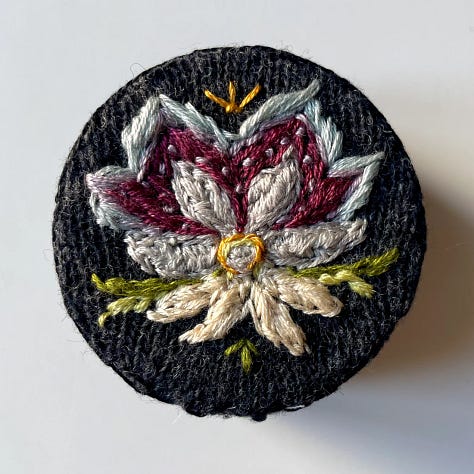
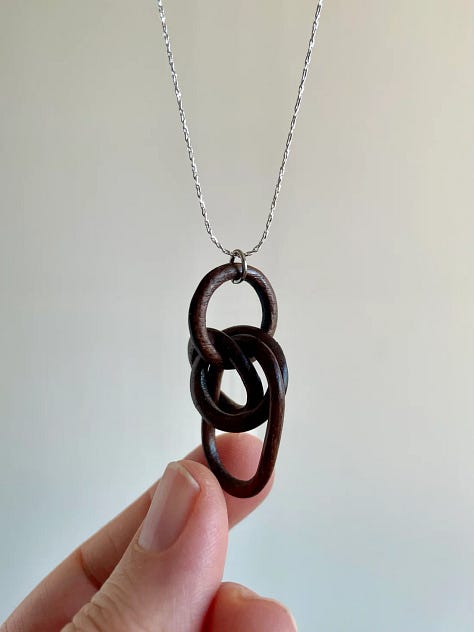
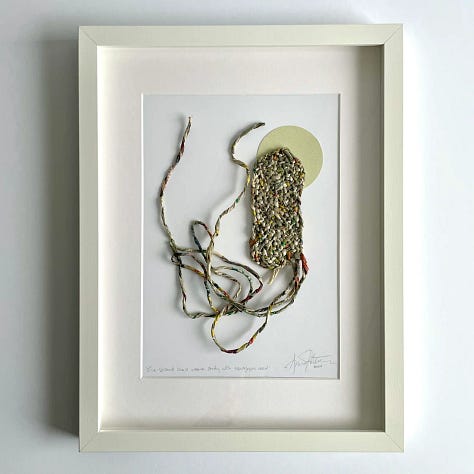
I hope you enjoyed this newsletter and that you take a look at the collection of small things over in the shop. Thanks for all your encouragement recently, online and in person, and for being here, reading this. May you notice some small familiar things in a new light this month!
With much love from verdant Västra Götaland,
Anna
PS: Your 30% discount code SOFTSPRING30 is still valid through the end of May xoxo
Thanks, Marcel Proust for the original sentiment: “The real voyage of discovery consists not in seeking new landscapes, but in having new eyes.” This quote was printed out and tacked to the wall of my high school art classroom and lives forever in my mind.




So excited about this straw project and your cabinet (and the other objects which will be devised)!